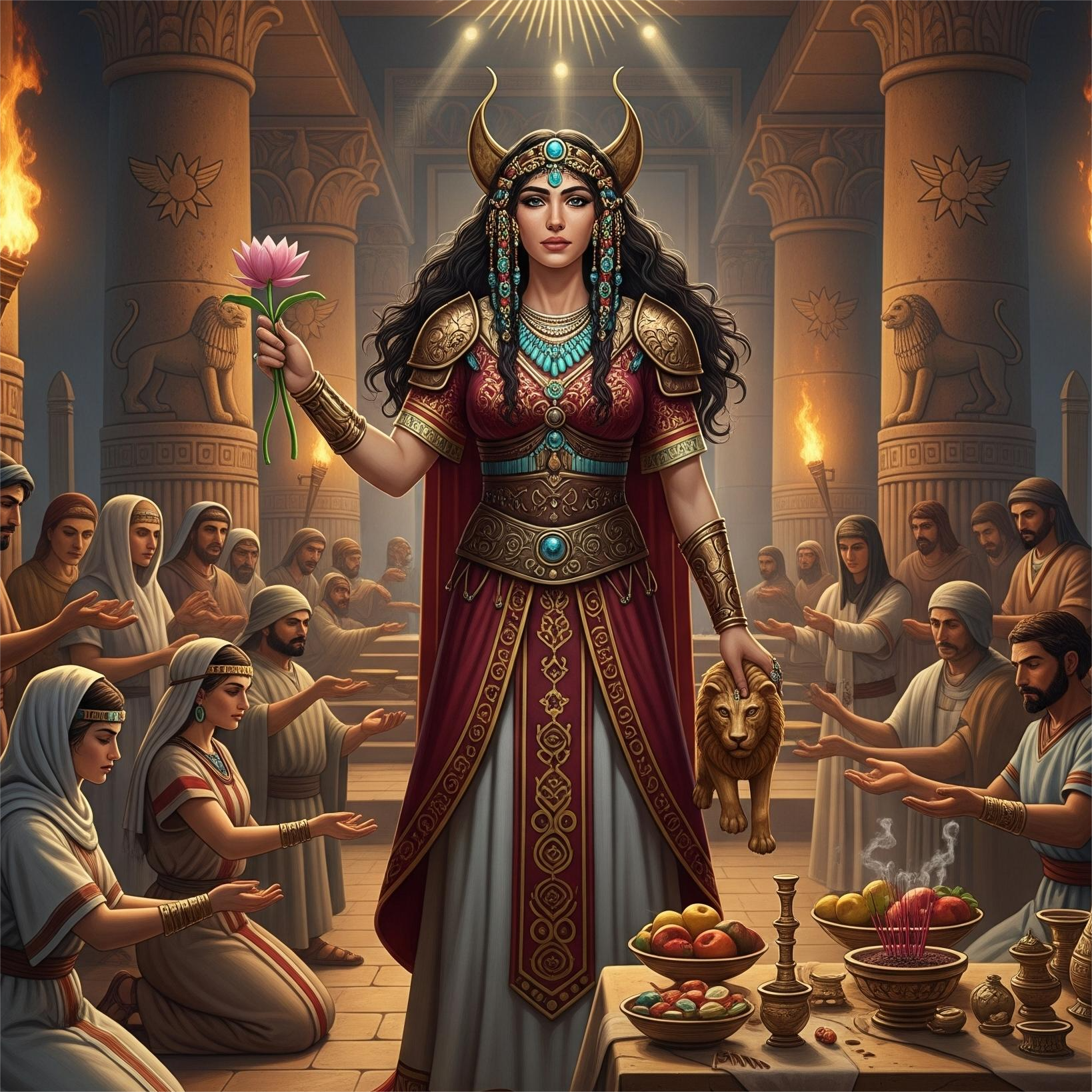Chariots were revolutionary in early civilizations, transforming warfare in Egypt, Mesopotamia, and beyond. These two-wheeled vehicles, drawn by horses or oxen, allowed rapid movement, strategic strikes, and battlefield communication.
Origins and Development
Chariots first appeared around 2000 BCE in the Eurasian steppes and spread to Mesopotamia, Egypt, and India. Construction involved lightweight wood, spoked wheels, and harness systems optimized for speed and durability.
Military Strategy
Chariots were used for reconnaissance, flanking attacks, and archery platforms. Elite warriors rode in chariots, demonstrating status and skill. Armies could strike quickly and retreat before heavy infantry countered, giving chariots tactical supremacy.
Cultural and Symbolic Roles
Chariots often symbolized prestige, power, and divine favor. In Egyptian tombs, chariots were included as burial goods, reflecting both military importance and social hierarchy.
Legacy
While eventually replaced by cavalry, chariots shaped early warfare strategies and influenced military organization, engineering, and artistic depictions of battle in ancient societies.






